This is the second in a 3 part series covering the topic of 4 finger picking on bass guitar. This lesson adds a third finger into the mix so we can start getting some fast flurries.
Introducing The Third Finger
Once you have mastered finger-picking with two fingers, you will be ready to add the next one into the mix. To begin, try playing a steady triplet rhythm on a single note and use the order thumb, index, middle to pick each note.
Note: If you don’t have a ramp, make sure you play above the pickups to make things easier for yourself. (A ramp is a useful piece of wood fitted under the strings on the body of a bass that gives the fingers to drop on while picking).
Finger-Picking Bass Line
This next riff integrates some repeated single notes so you can have a go at applying triplets to a bass line. Ignore the notes at first and break the rhythm down until you are confident with it and have the fingering nailed.
If you have any problems with a specific part of the riff, isolate that section and play it slowly until you have it under your fingers.
Crossing Strings
If you want to get used to moving around across strings with this technique, then you can try playing a triplet pattern using the notes of an arpeggio:
Having this technique under your fingers means you can start putting little flurries into your playing for extra flavour.
Finger-Picking Single Notes
It is a lot more difficult to play lines with no repeated notes, as we have to think about the coordination between the fingers on both hands. To work on this, we can play around with a few riffs based on the E harmonic minor scale.
E F# G A B C D#
1 2 3 4 5 6 #7
Play each of the next riffs slowly and only increase the tempo when you are sure that the triplets are smooth. Each exercise contains an extra set of triplets so you can build up your stamina slowly.
Another method you can use is to incorporate the new technique into a fill that you can play in a groove. Try learning the next couple of fills and come up with a groove that you can use them with. Repeating something like this will allow you to start slow and gradually speed up.
Octave Patterns
We can apply this triplet technique to octave patterns pretty easily as our hands are in a good position to reach the strings already. This means that we can spice our lines up with some extra flourishes without using much more effort.

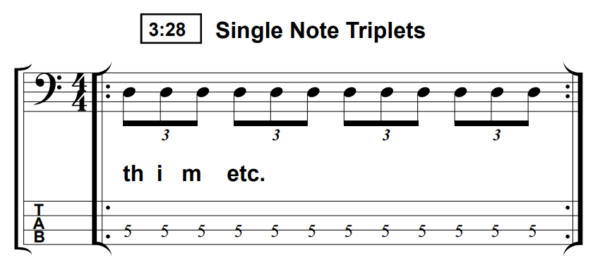
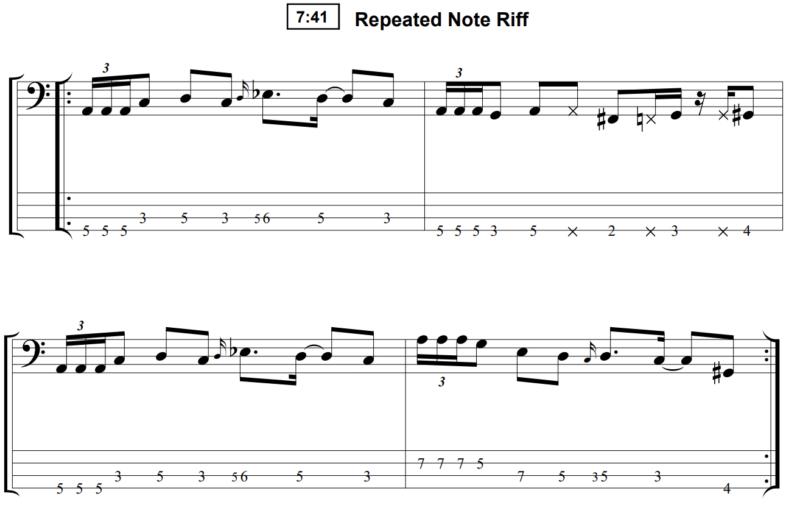
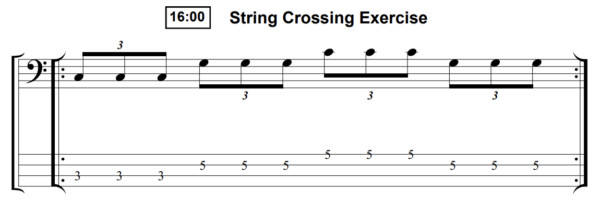


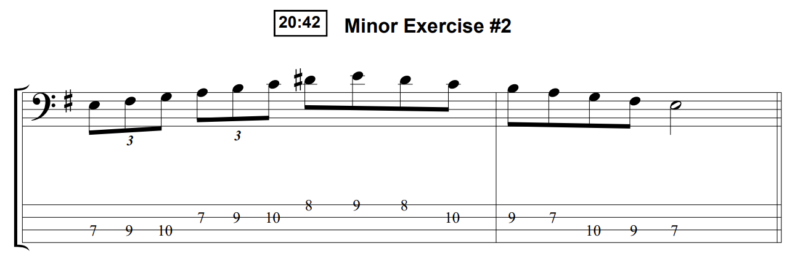
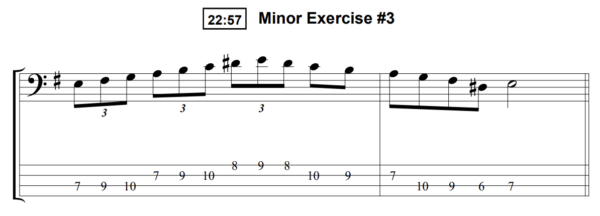
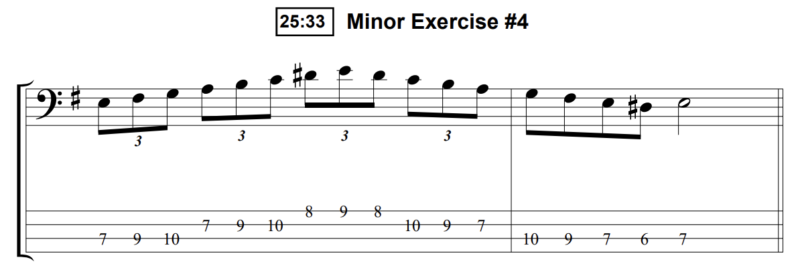


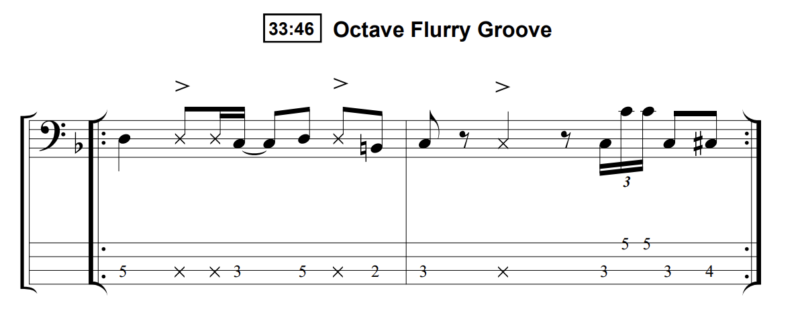










TOP! As usual!
if I lived in England would take private lessons !
“So there is a … method behind the madness here” [17:27] ;-) There really is. Thank you very much for this excellent lesson. It contains so much useful stuff along with easy explanations. I was instantly inspired to incorporate more three-finger-picking into my playing.